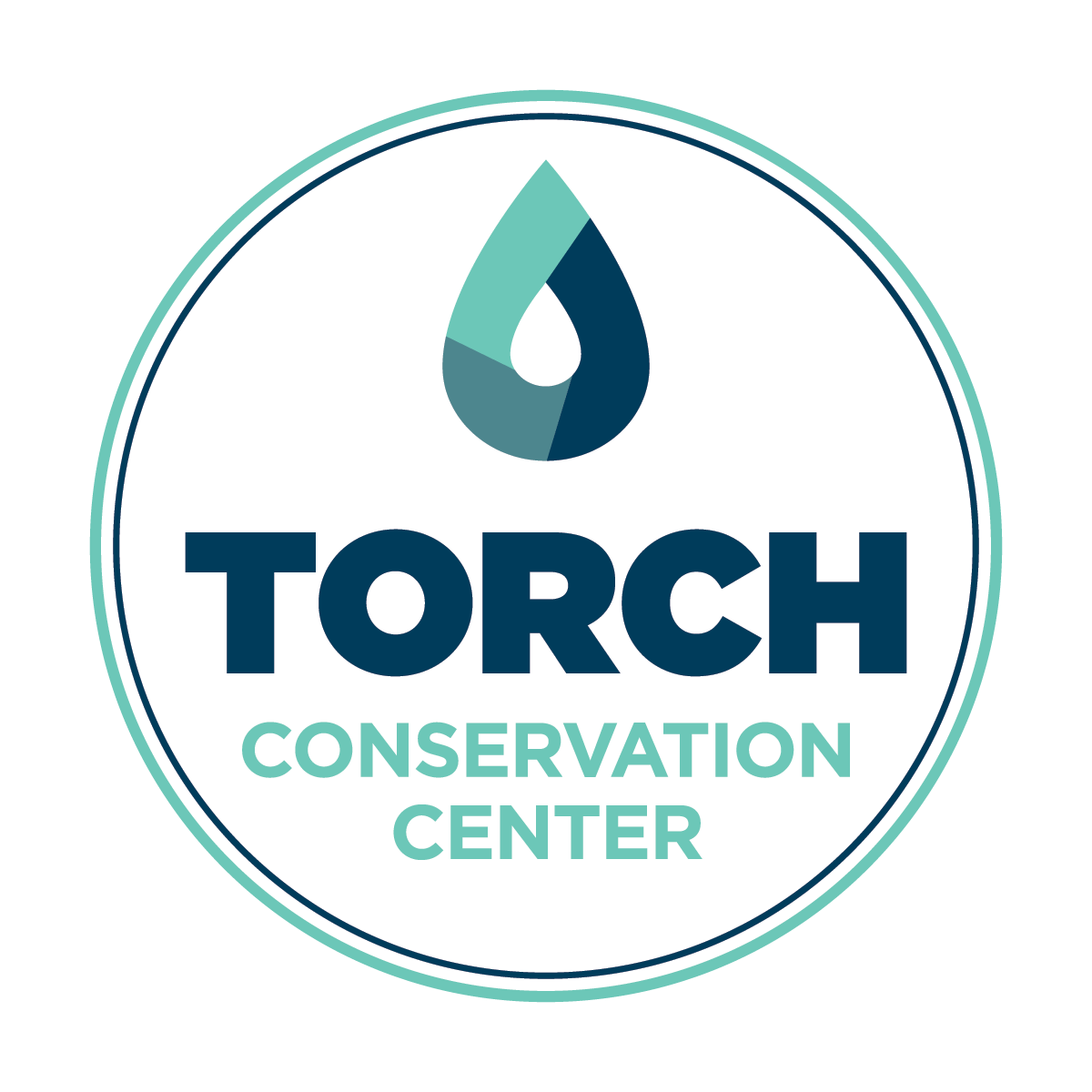
Algae
Torch Lake Algae
Algae occur naturally in Torch Lake and its tributaries. Algae are an important food source for other organisms that live in Torch Lake.
Key Facts
- Algae contains chlorophyll, so they can make their own food through photosynthesis.
- Algae are aquatic plants that lack true stems, roots and leaves.
- There are over 700 known species of algae in Michigan lakes.
- Algae can be found in two places in the water:
Suspended in the water column – phytoplankton
On the bottom surface of the lake – benthic algae
Did You Know?
Algal blooms are occurring more frequently and are more widespread due to:
- Warmer water temperatures
- More nutrients like phosphorus and nitrogen entering water from
- Farms-fertilizers from crop farms and manure for livestock farms
- Sewage systems
- Storm run off from developed areas with impervious surfaces
Algal Blooms
Non-toxic algal blooms
Torch Lake, since the summer of 2014, has been experiencing a bloom of Golden Brown Algae on the bottom of lake. Initial findings indicate the algae is composed of a community or assemblage of diatom species. Diatoms are a type of single cell algae with glass or silica cell walls.
While most algal blooms occur on the water surface, this bloom is located on the lake bottom along the shallow shoals. The bloom is not dangerous to humans, but is considered a nuisance, because it changes the color of the lake water. It can also lead to changes in the amount of aquatic plants in the lake.
The Three Lakes Association is collaborating with professors at the University of Michigan Biological Station and Michigan State University to determine the cause of this recent growth.
In 2017, Michigan had 49 reports of algae from concerned citizens. This is up from 9 reports in 2013 when the program started.
Toxic algal blooms
Some species of algae can produce toxins. Toxins can make the water unsafe for swimming, boating and even drinking.
Lake Erie is known for having large algal blooms. In 2014, Toledo, Ohio had to shutdown their water supply after toxic algae formed on Lake Erie near the city’s water-intake pipe.
In the summer of 2018, even Lake Superior, the largest of the Great Lakes, experienced an algal bloom that stretched 50 miles long. Dr. Robert Sterner of the University of Minnesota, Duluth identified the algae species in the bloom as a blue-green algae that could be toxic but tests showed the toxin was not at dangerous levels.
Types of Freshwater Algae
Algae can be grouped by size: Single cell, Multicellular filamentous or Small plant-like organisms.
Single cell algae
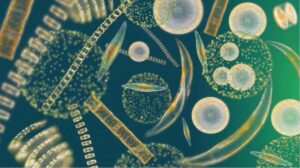 Phytoplankton
Phytoplankton
Single cell algae are microscopic and are the base of the aquatic food web. Phytoplankton are algae found suspended or floating in the water column.
Because Torch Lake water has low nutrient concentrations of nitrogen and phosphorus, the lake has little phytoplankton. This leads to clear water and good clarity.
Benthic Algae in Torch Lake
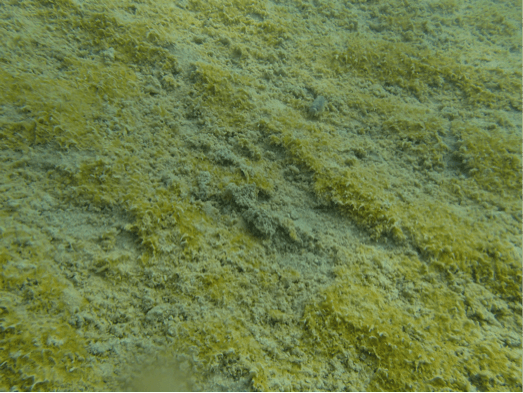
Benthic algae
Benthic algae are single cell organisms found on the bottom of the lake growing on the sand, rocks or on large aquatic plants (macrophytes).
Multicellular Filamentous
Filamentous algae are multicellular and often attach to rocks and other hard surfaces.
Cladophora
Cladophora is a key indicator of nutrient loading. Beginning in 1984, various organizations have performed shoreline surveys of Torch Lake to identify locations where cladophora is growing on rocks near the shore.
Land owners near cladophora patches “Show they care” by fixing their failing septic systems, discontinuing fertilizing their lawns and/or establishing a buffer with deep-rooted vegetation along the lake or creek.
Spirogyra
Spirogyra grows under water. With sunlight and warm water conditions, spirogyra produces bubbles of oxygen and the filamentous algae comes to the surface of the water forming a slimy green/brown mat.
Spirogyra has formed mats in past summers at the east end of Clam Lake and south of the Torch Lake Yacht Club Point.
Multicellular plant-like algae
Chara
Although it looks like an aquatic plant, chara is actually a multicellular algae. It is also called muskgrass or skunk grass due to the garlic-like smell it gives off.
Chara is found growing naturally in patches around Torch Lake’s shallow water, from depths of 4 inches to 10-20 feet.
Torch Lake Chara Patch

Torch Lake Shoreline
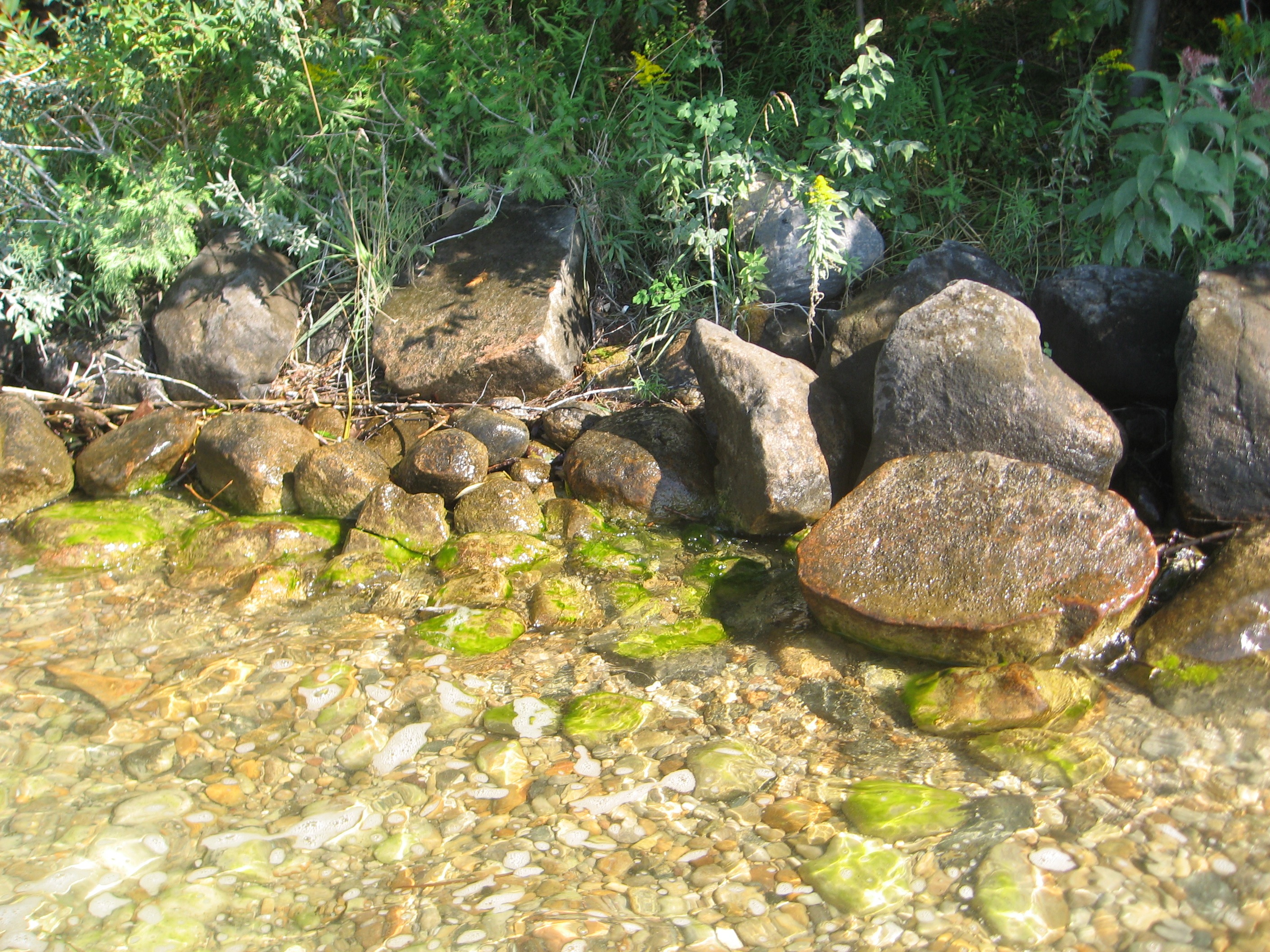
Algae Mats in Clam Lake
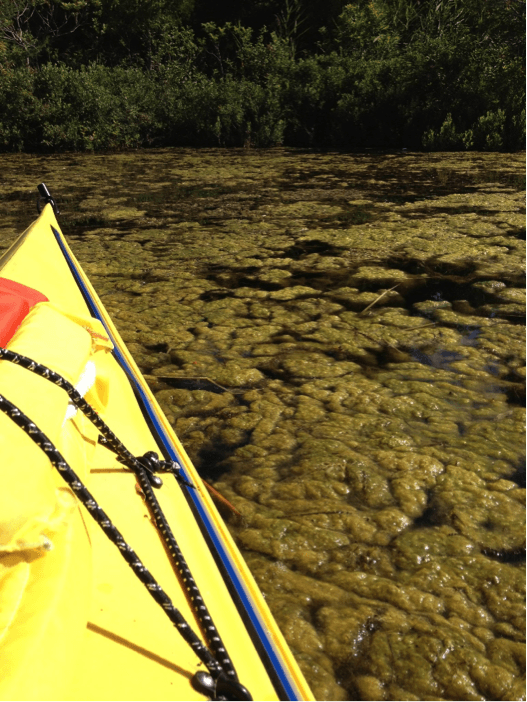
Show
You Care
We know you want to enjoy the lake for many years (and generations) to come. So, we’ve put together a list of simple steps you can take to reduce the nutrients, sediments and toxins flowing into the lake and its streams.
Pump your septic tank every 3 years
Plant Natives
- Keep the natural landscape of northern Michigan around your home.
- Limit the size of your lawn.
Replant Trees
- Trees take up nutrients so they don't reach the lake.
- Tree roots hold soil that contains nutrients from eroding away into the lake.
Use Natural Lawn Fertilizers
- Too much chemical fertilizer is applied to lawns and ends up making the lake green.
Plant Rain Gardens
Plant Buffer Gardens along Shorelines
WATERpedia: the “One-Stop Shop” for Water Science A-Z
A-E
F-M
N-S
T-Z
Don't just wish that Torch Lake will stay blue.
Choose a water-friendly lifestyle - make a difference!
[ivory-search id="8572" title="Default Search Form"]
